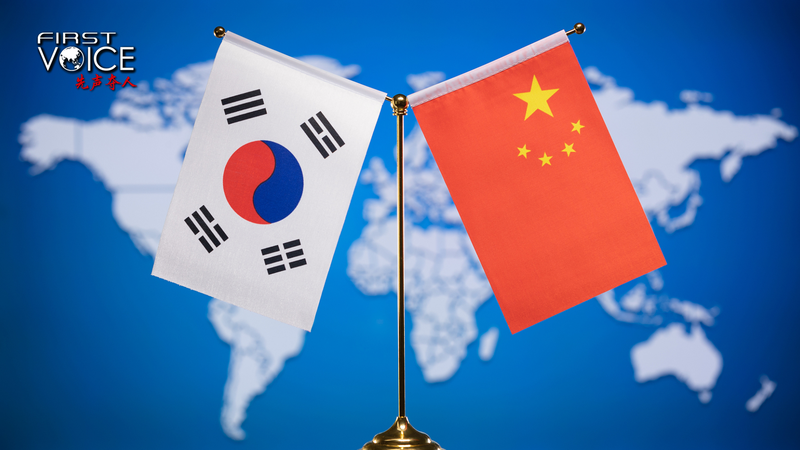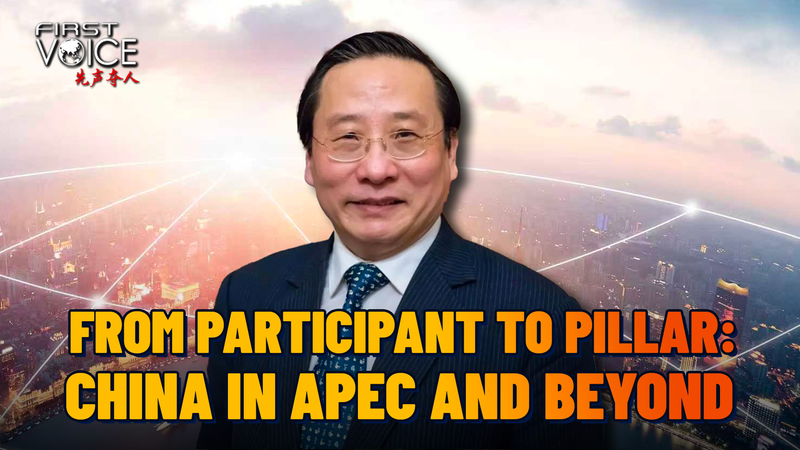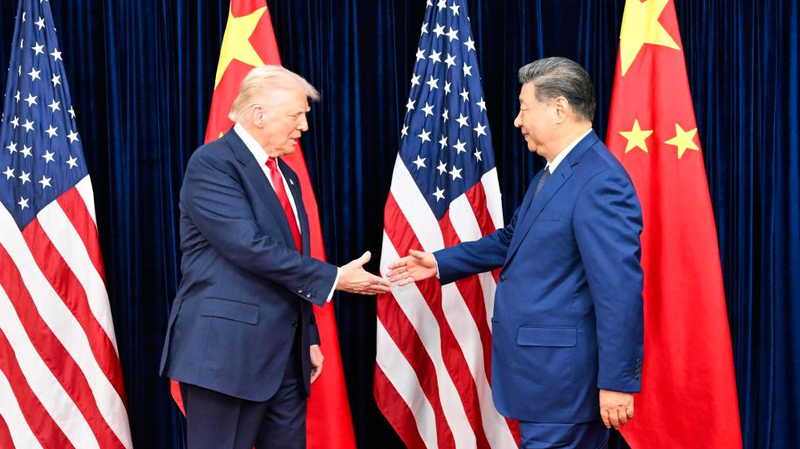As the Asia-Pacific gears up for the 2025 APEC Economic Leaders' Meeting in the Republic of Korea, the region is rallying under the theme "Building a Sustainable Future: Connectivity, Innovation and Prosperity." Amid seismic shifts—from digital divides to climate crises and supply chain shocks—leaders are seeking new frameworks that can deliver inclusive and resilient growth. China's Global Governance Initiative (GGI) has emerged as a potential game-changer, offering a fresh blueprint to tackle the region's most pressing challenges.
Bridging a Governance Gap
Existing institutions are straining under changing power dynamics, leaving gaps in representation and fueling a growing development divide. The result? Protectionist pressures, fragmented markets and stalled supply chains that threaten Asia-Pacific integration. The GGI confronts this head-on by championing genuine multilateralism, respecting national sovereignty and endorsing diverse paths to development. In doing so, it provides an institutional bulwark against decoupling risks and unilateral disruptions.
Connectivity: Hard and Soft
True integration needs both physical and regulatory links. On the "hard" side, landmark Belt and Road projects—like the Jakarta-Bandung high-speed railway—are knitting ASEAN nations closer to global markets. On the "soft" side, the GGI's emphasis on international law and common standards can streamline cross-border trade and investment, reinforcing frameworks like APEC and the Regional Comprehensive Economic Partnership (RCEP).
Innovation for All
Inclusive growth also means staying at the cutting edge. China's digital economy, which accounted for over 41% of its GDP in 2022, exemplifies this drive. Through the GGI, China is pushing for shared rules on data security, artificial intelligence and digital trade that oppose technological hegemonies. This approach appeals to developing economies eager to leapfrog traditional barriers and join the next wave of innovation.
A Roadmap to Shared Prosperity
With China set to chair APEC in 2026, the GGI framework could become the region's playbook for high-quality development. By knitting together connectivity, innovation and prosperity, it aims to steer Asia-Pacific toward a more open, resilient and sustainable future. For young global citizens, entrepreneurs and changemakers alike, the GGI offers a concrete path to keep regional cooperation dynamic and inclusive.
Reference(s):
Why APEC's success needs China's Global Governance Initiative
cgtn.com




